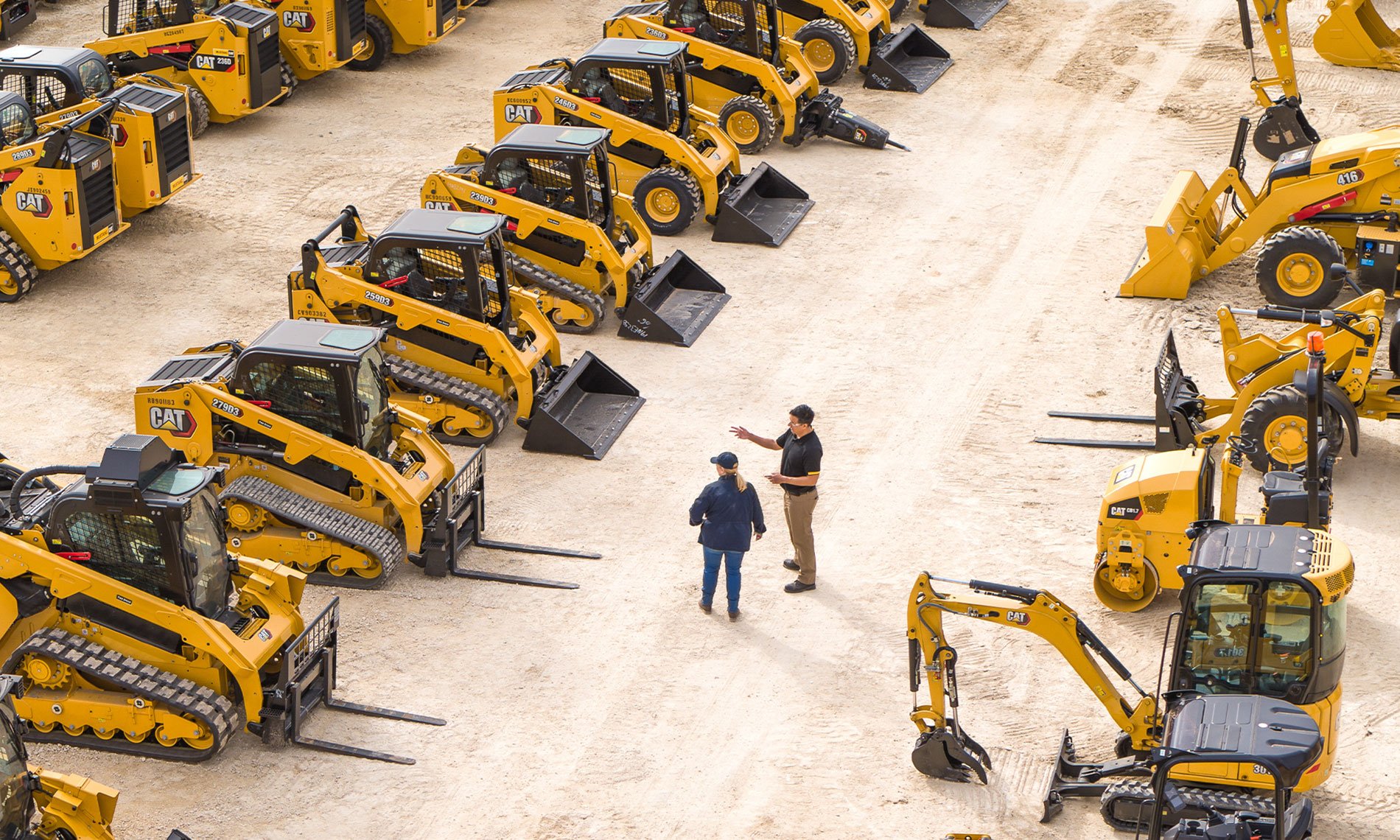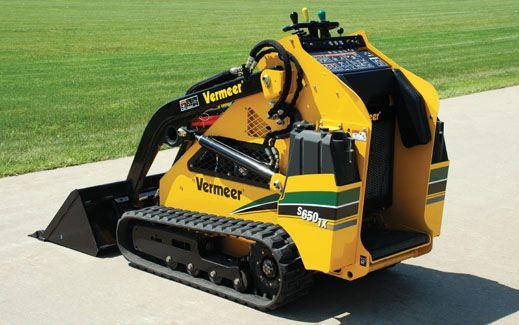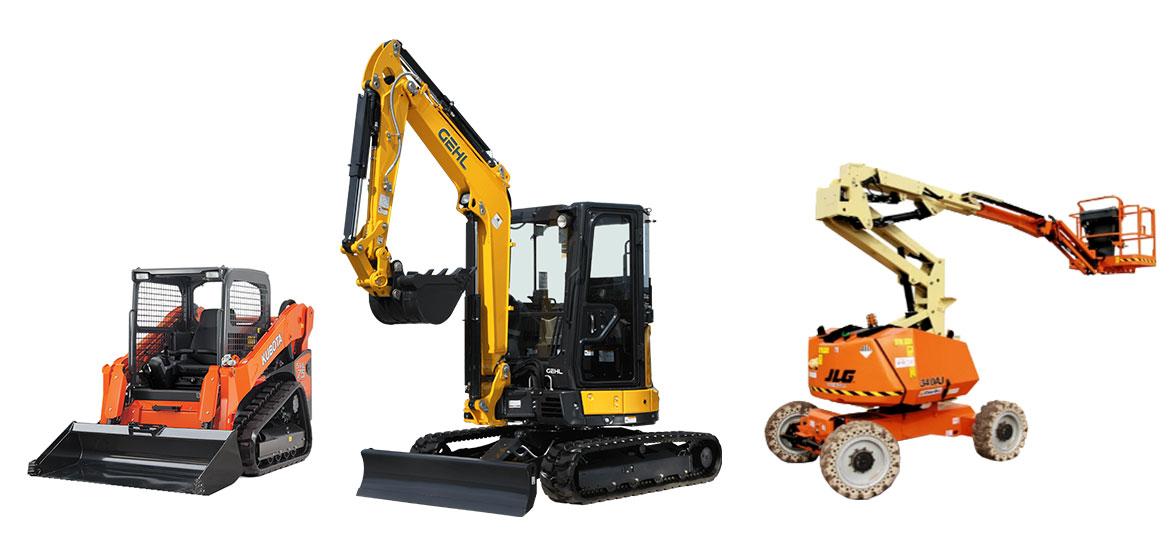Forklift Rental: Heavy Lifting Equipment for Warehousing and Much more
Forklift Rental: Heavy Lifting Equipment for Warehousing and Much more
Blog Article
Optimize Your Spending Plan by Comprehending the Prices Connected With Building And Construction Equipment Services
Comprehending the full range of prices associated with building tools rentals is vital for maximizing your spending plan. What strategies can be utilized to effectively take care of these costs and ensure a more efficient rental experience?
Summary of Rental Costs
When taking into consideration building tools leasings, understanding the associated costs is extremely important for effective budgeting and job preparation. Rental prices can differ significantly based on numerous factors, consisting of equipment kind, duration of rental, and place. The initial rental cost typically mirrors the devices's market demand and its linked functional capacities, affecting the overall expense.
Along with the base rental price, ancillary costs may emerge, such as transportation costs, gas surcharges, and upkeep costs. It is important to account for these additional costs to precisely analyze the overall expense of leasing devices. Furthermore, the rental period can affect pricing; longer leasings might receive discounted prices, while temporary rentals may incur higher daily costs.

Malfunction of Rental Prices
An extensive understanding of rental rates is crucial for service providers and job supervisors intending to enhance their budget plans. Rental prices for building tools usually are composed of a number of elements, consisting of base rates, time-based charges, and use charges.
Base rates are the core fees related to the leasing of the tools, usually identified by the type and dimension of the equipment. These rates can vary substantially, affected by aspects such as tools need, schedule, and regional market fads. Time-based charges, which may be daily, weekly, or monthly, serve to suit different job timelines and rental durations.
Additionally, rental prices may consist of use fees, which apply when equipment is made use of past a specified limit, making sure that the rental company can make up deterioration. Seasonal need fluctuations can also affect rental prices, with peak construction seasons generally regulating greater rates.
Additionally, understanding the rental firm's plans concerning upkeep and insurance policy can supply additional understanding into the general expense structure. By analyzing these parts, professionals can make enlightened decisions, making certain the selection of rental equipment straightens with both project demands and budget plan restraints.
Added Costs to Think About
Recognizing the ins and outs of additional costs is vital for professionals to manage their overall leasing expenses properly. Beyond the common rental prices, different supplemental costs can substantially affect the complete cost of equipment rental. These charges typically consist of shipment and pickup charges, which can vary based upon range and logistics entailed in transferring the equipment to and from the job site.
Additionally, some rental firms might enforce fuel additional charges if the devices is returned with less fuel than when rented. It is also vital to know prospective cleansing charges, specifically for customized devices that needs thorough maintenance after use.

Completely examining the rental contract and clarifying these extra fees in advance can help contractors make certain and stay clear of unexpected costs that budget plans stay intact throughout the task lifecycle.
Repair And Maintenance Costs
Normal upkeep and repair work costs are commonly overlooked variables that can significantly influence the overall expense of building tools leasings. When renting road construction equipment devices, it is essential to consider not just the rental fees however additionally the prospective prices related to keeping the machinery in optimum operating condition.
Many rental companies consist of basic maintenance as part of the rental contract; nonetheless, a lot more unforeseen malfunctions or comprehensive fixings can bring about additional costs. It's vital to evaluate the rental agreement thoroughly to understand what maintenance services are covered and what responsibilities fall on the renter.
In addition, devices that is not well-kept can cause ineffectiveness on duty website, pop over to this web-site possibly increasing and triggering hold-ups project prices. To minimize these threats, it is a good idea to conduct routine inspections and keep open interaction with the rental provider relating to any type of concerns that occur throughout usage.
Insurance Coverage and Responsibility Costs
Insurance coverage and liability costs are crucial elements that can significantly affect the general expenditure of building devices services (boom lift rental). These expenses ensure that both the rental business and the client are protected from possible financial losses emerging from mishaps, damage, or burglary throughout the rental duration

Additionally, customers must understand any type of deductibles or exemptions in the insurance coverage plan, as these can influence prospective out-of-pocket costs. Recognizing the terms of any kind of insurance policy protection is essential to avoid unforeseen costs. Eventually, budgeting for insurance coverage and obligation costs can help ensure a smoother rental experience and safeguard versus monetary risks related to building and construction jobs.
Conclusion
In conclusion, a comprehensive understanding of the costs linked with building and construction devices rentals is important for effective spending plan administration. Eventually, informed decision-making pertaining to tools leasings contributes to the overall success of building and construction undertakings.
Rental expenses can vary dramatically based on a number of factors, consisting of devices type, period of rental, and area (heavy equipment rental). The rental duration can impact prices; longer rentals might qualify for affordable rates, while temporary rentals could incur greater daily costs
By conducting thorough research study and engaging with trustworthy rental business, service why not try this out providers can successfully browse the complexities of rental rates, ultimately optimizing their economic resources.
Past the basic rental prices, numerous supplemental costs can considerably affect the complete expense of devices service. Rental companies commonly provide obligation insurance that covers injuries to third parties or damage to residential property, while devices damage insurance can cover the price of repair work or substitute if the rented out equipment is damaged.
Report this page